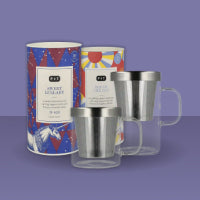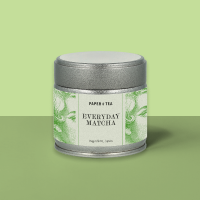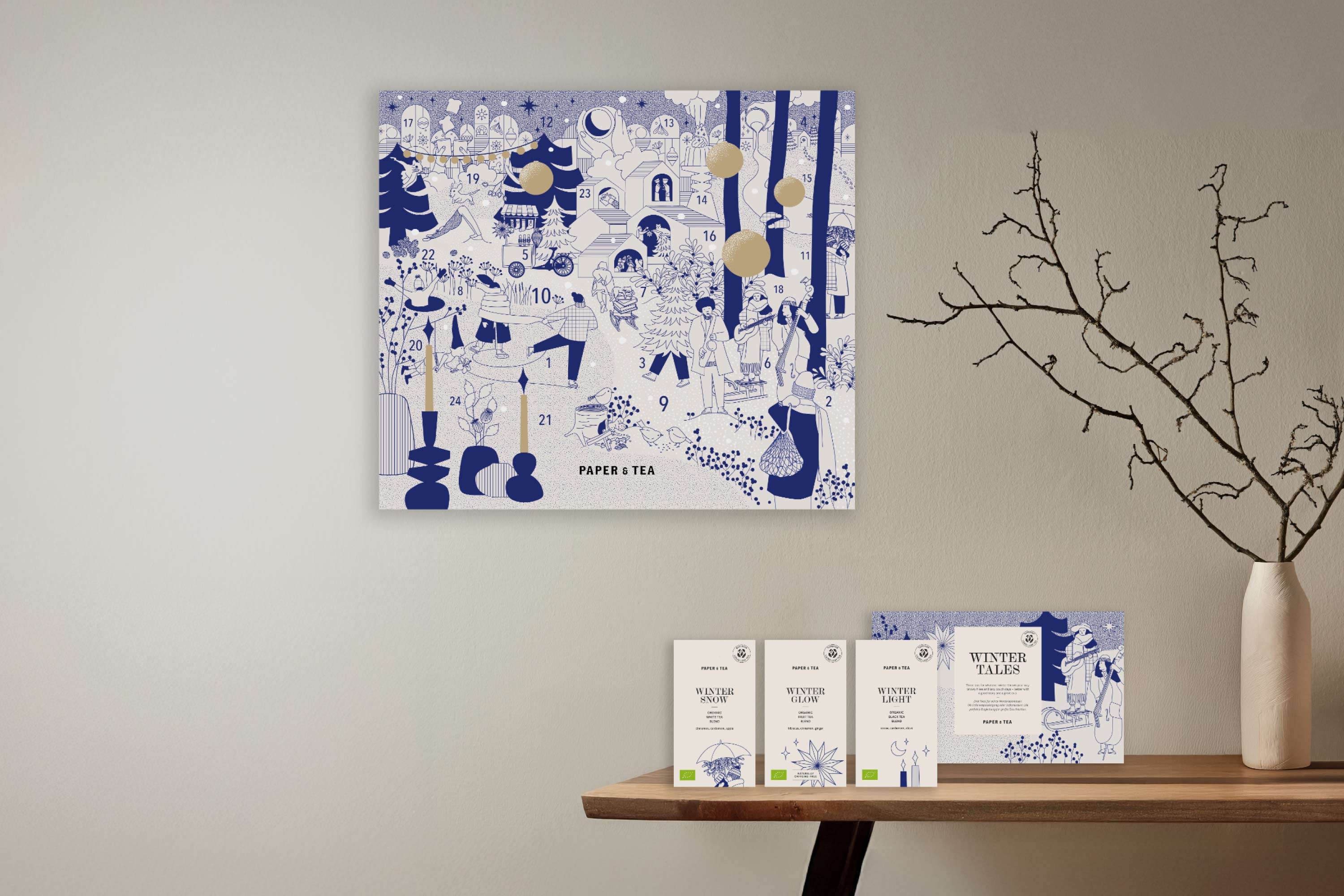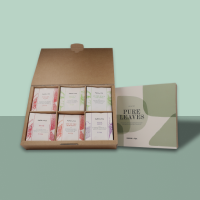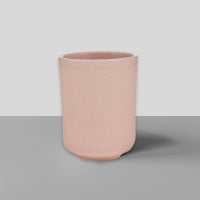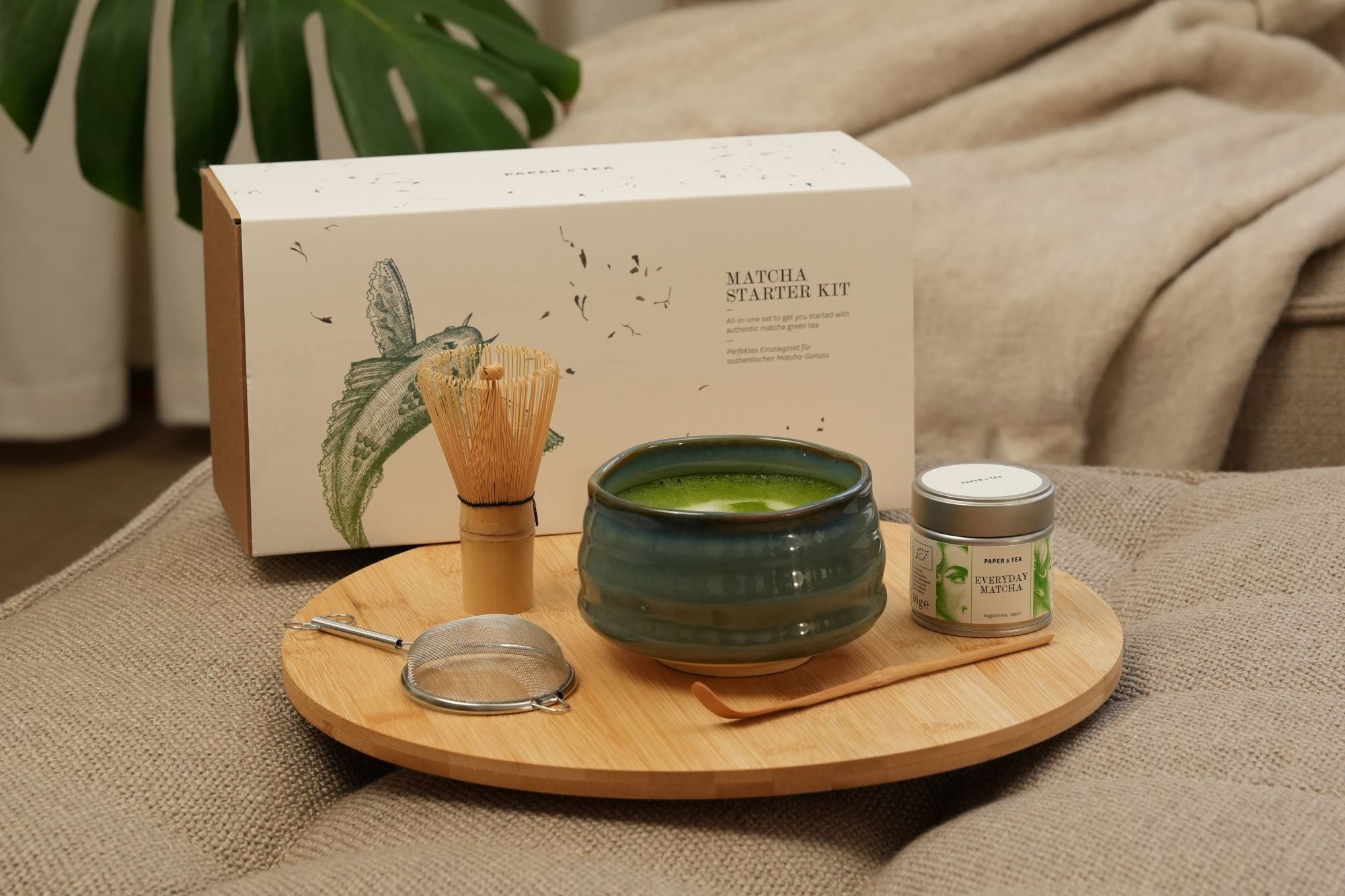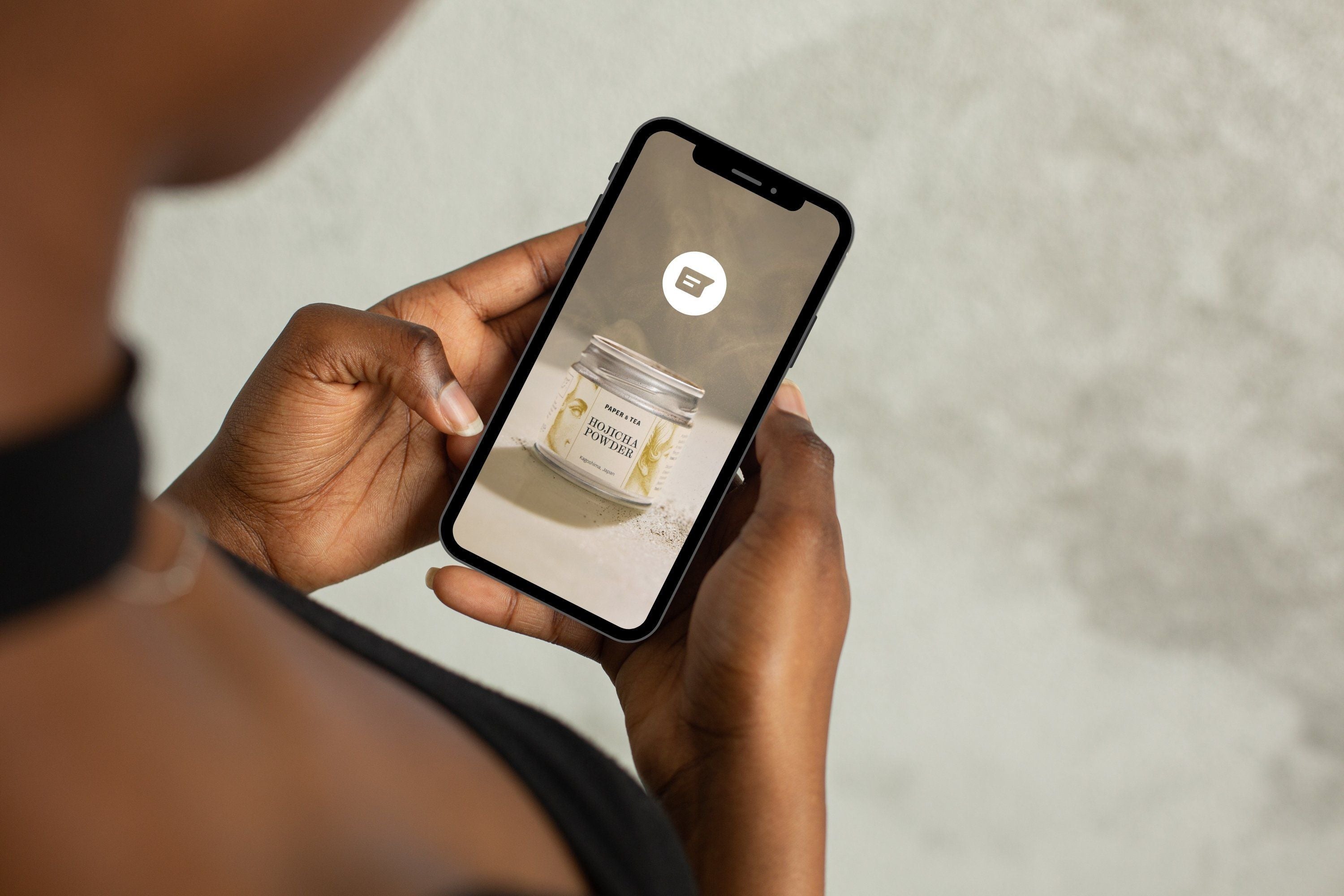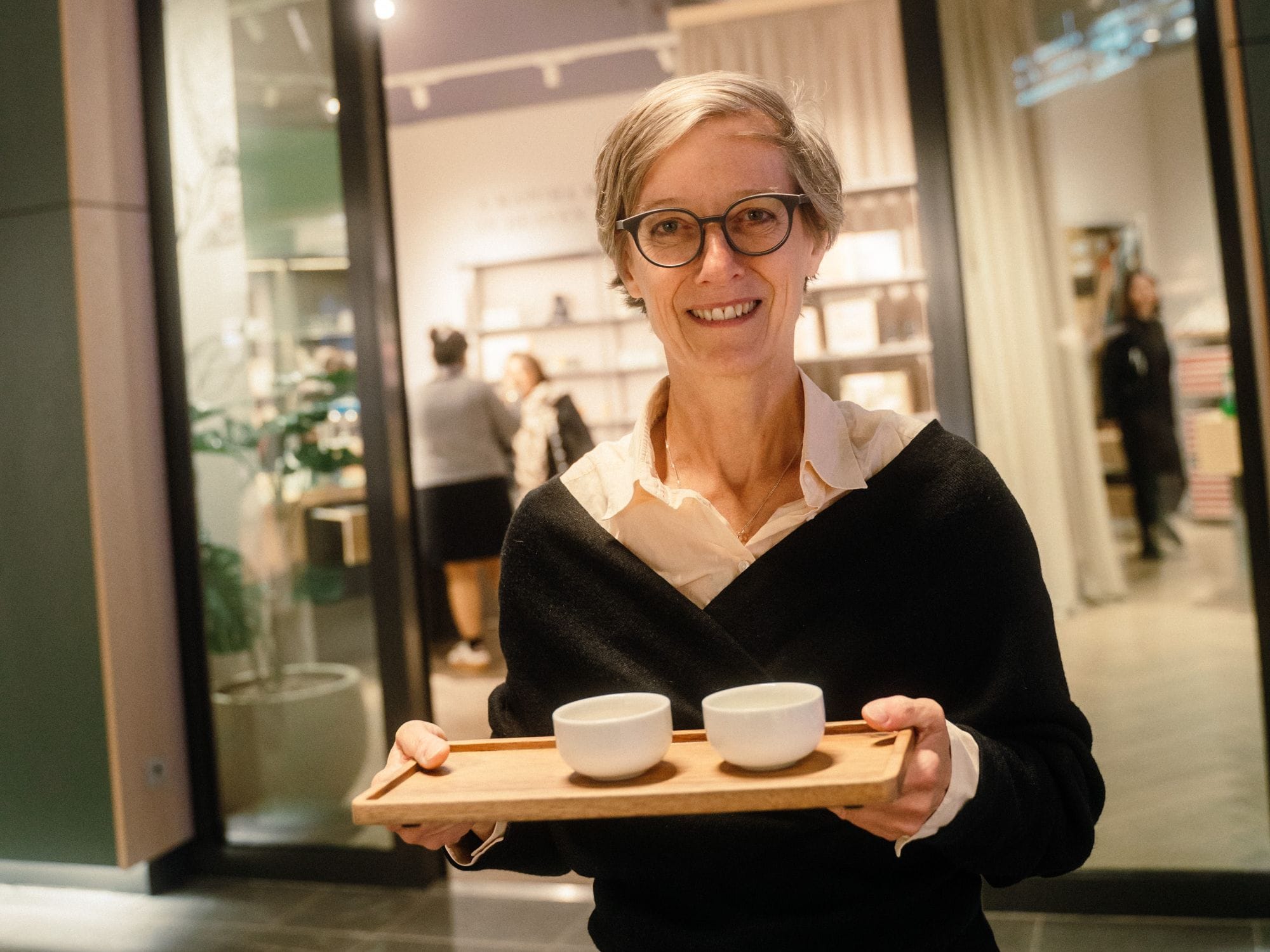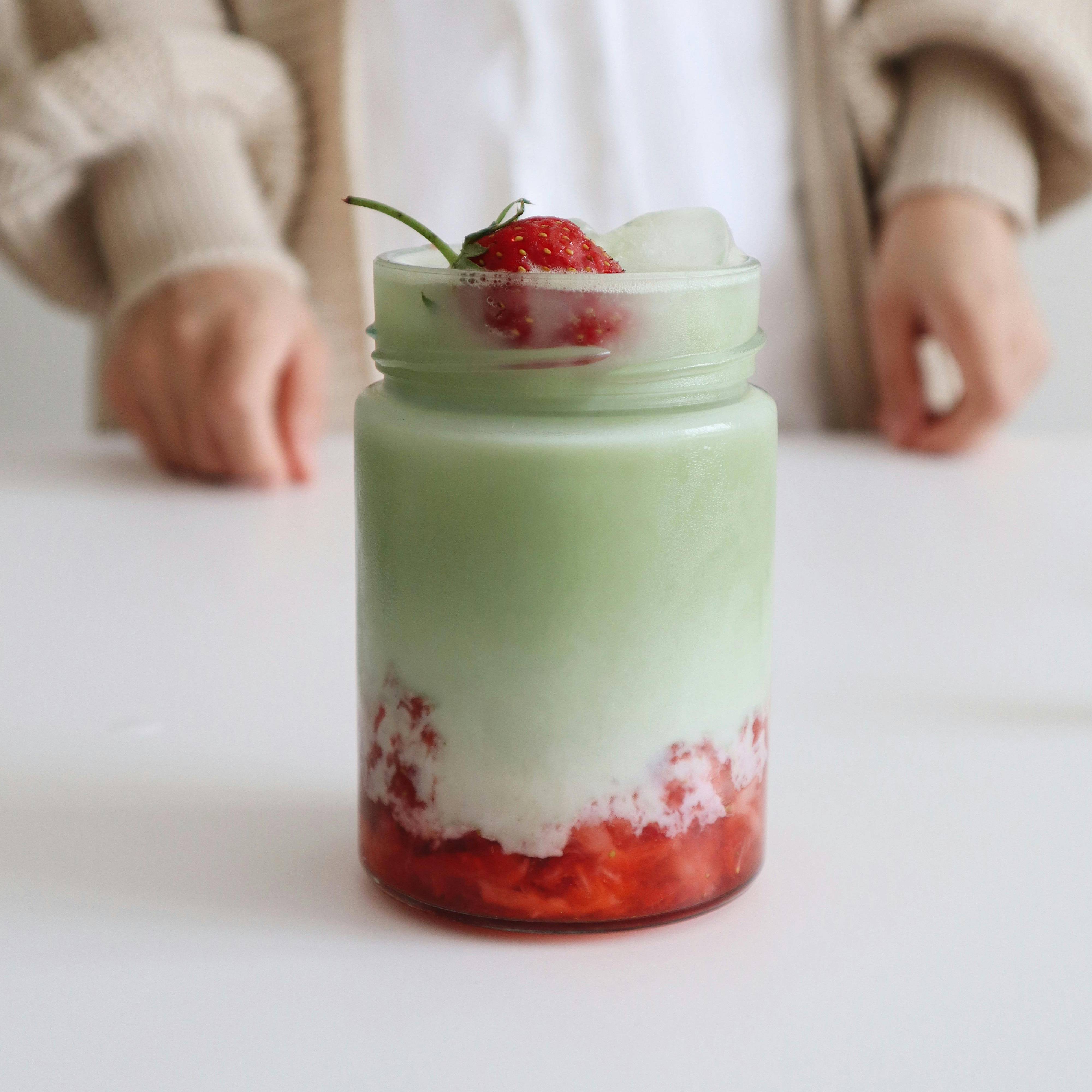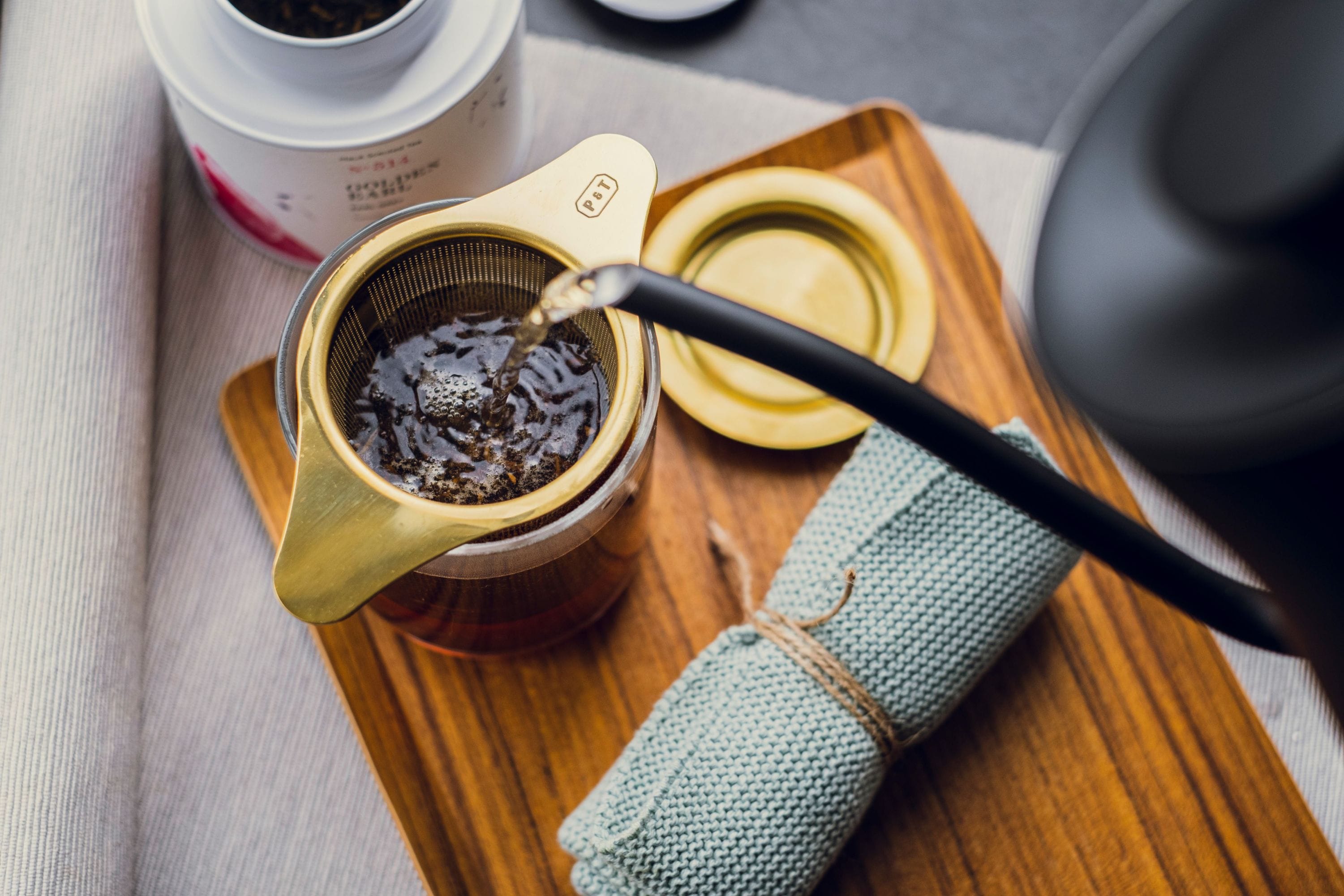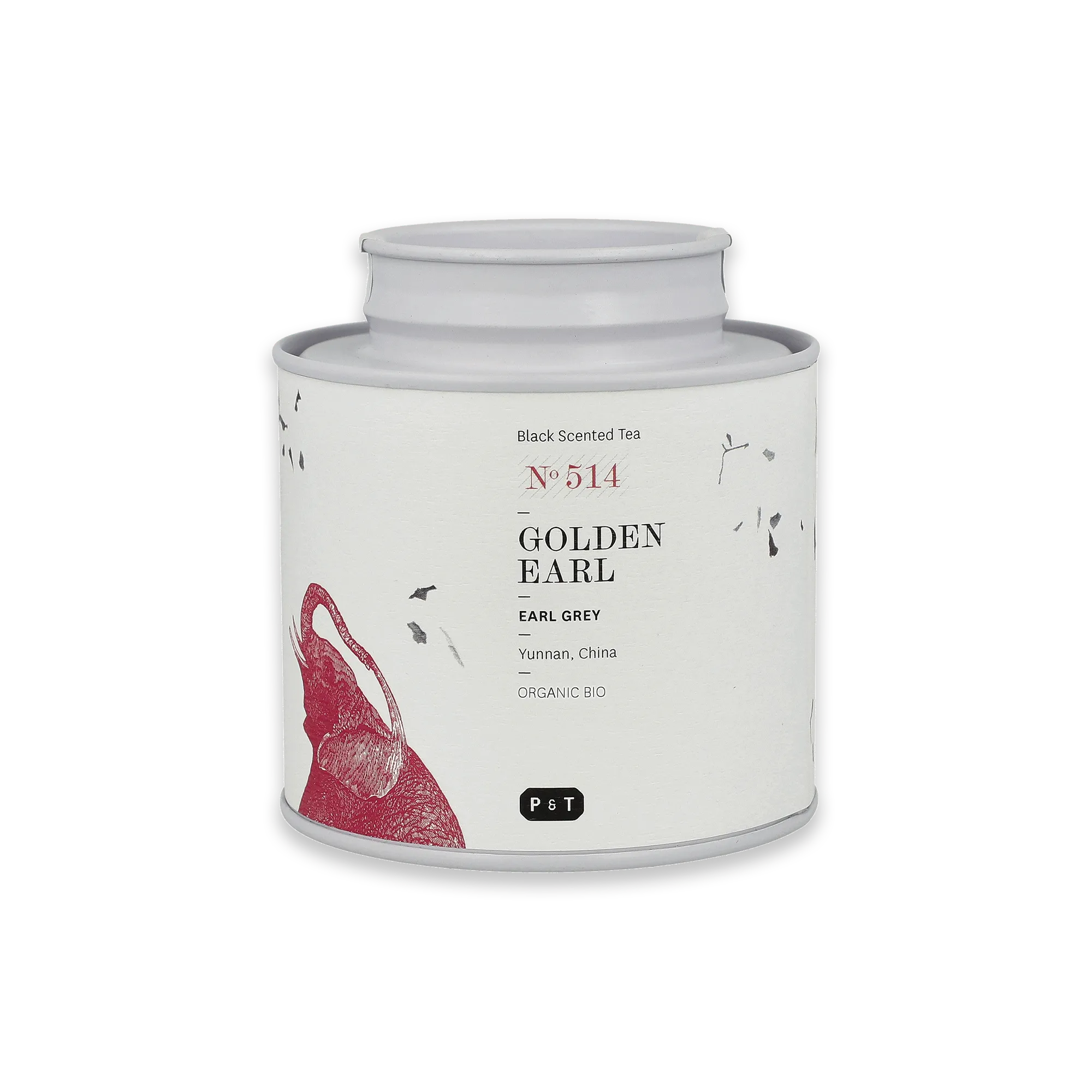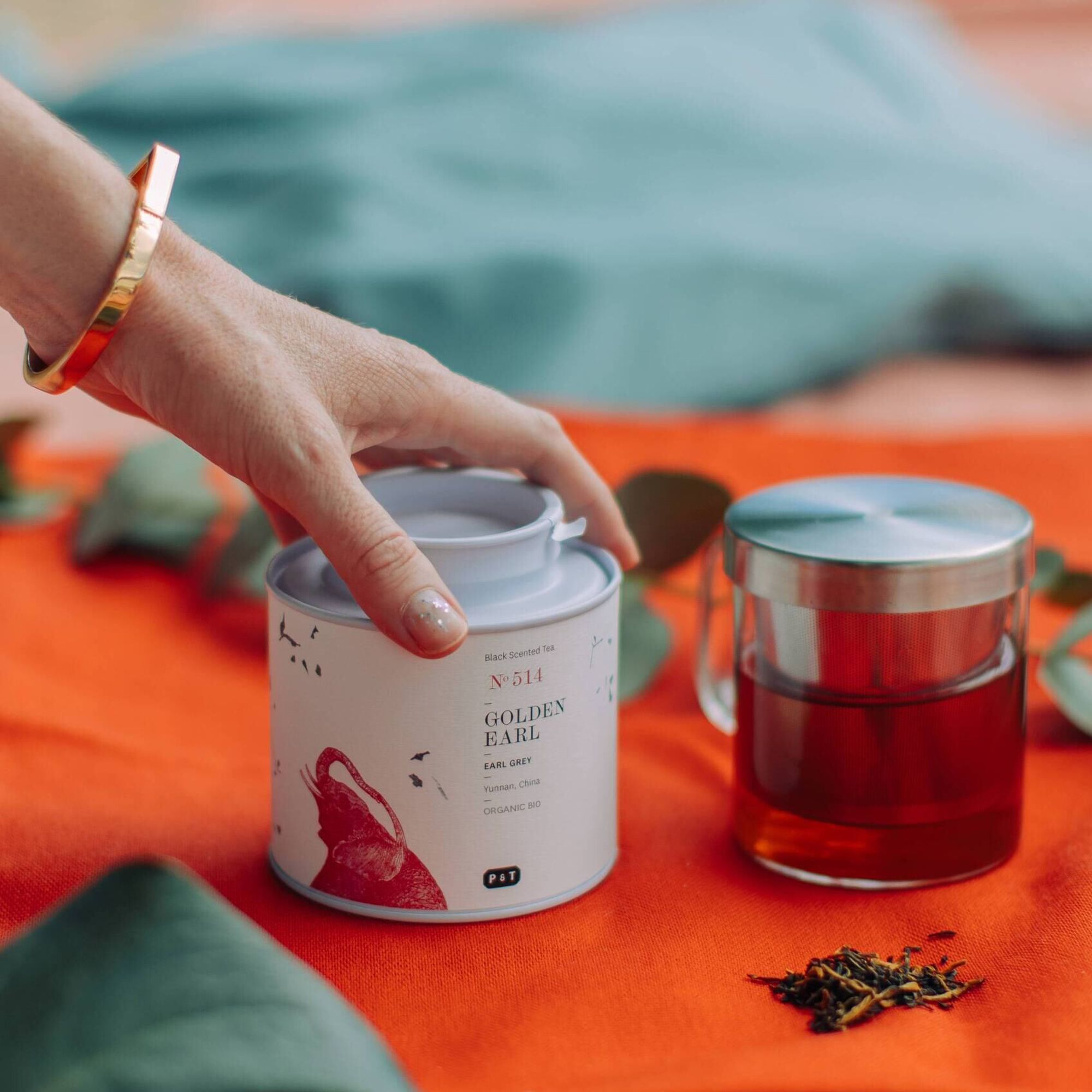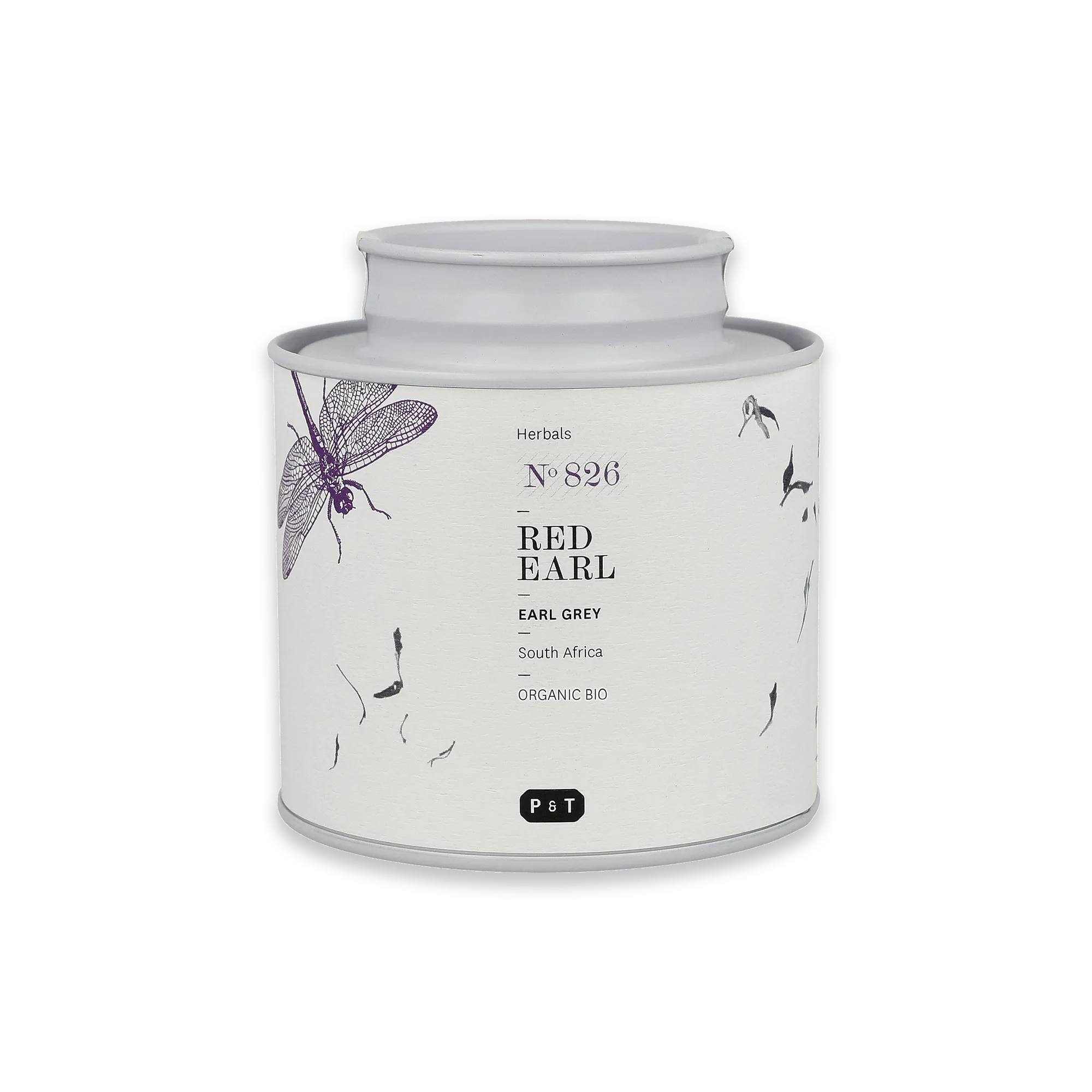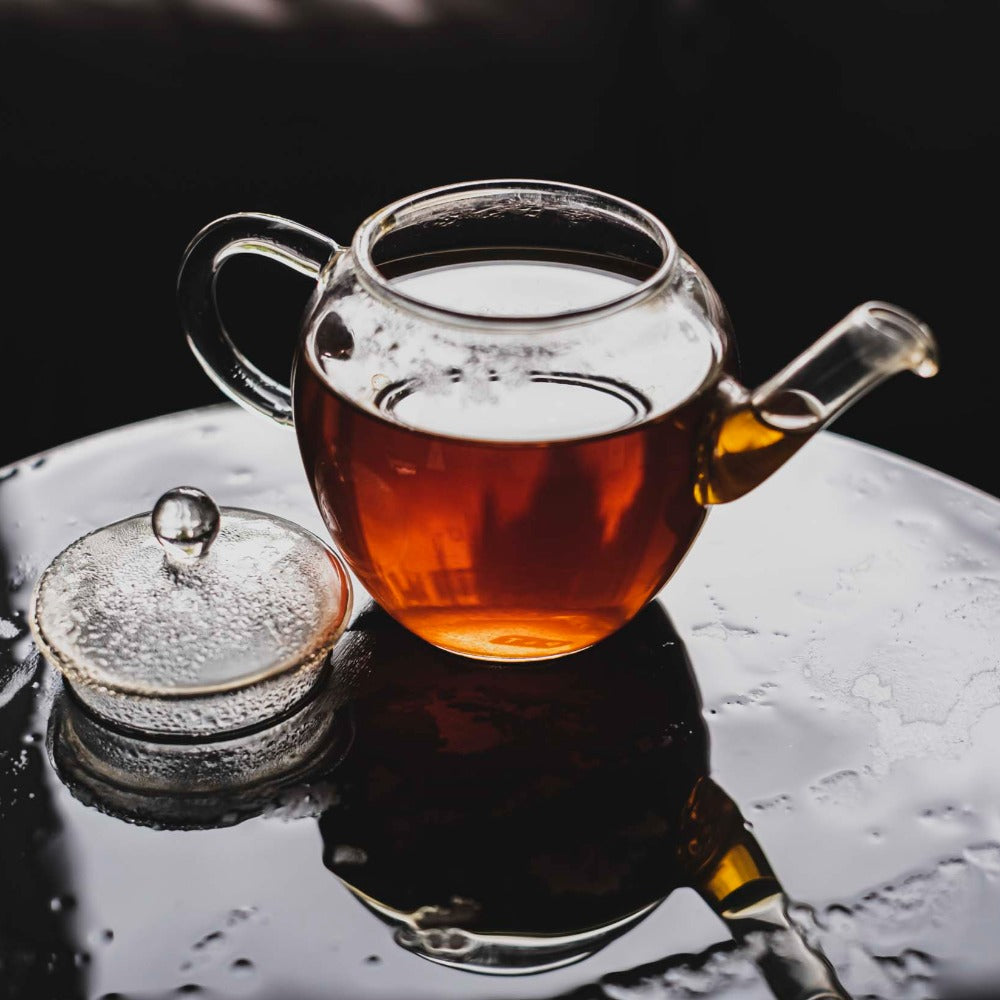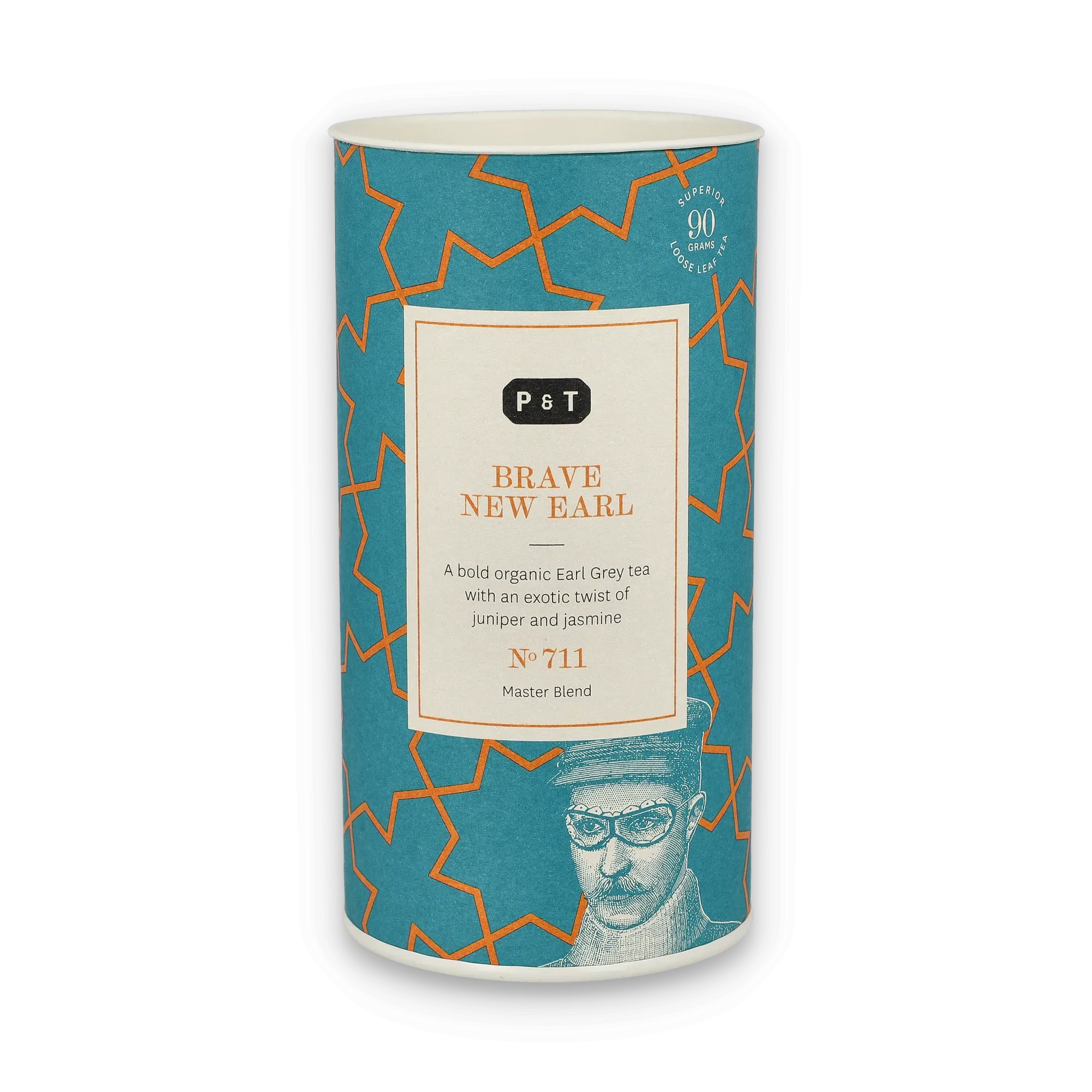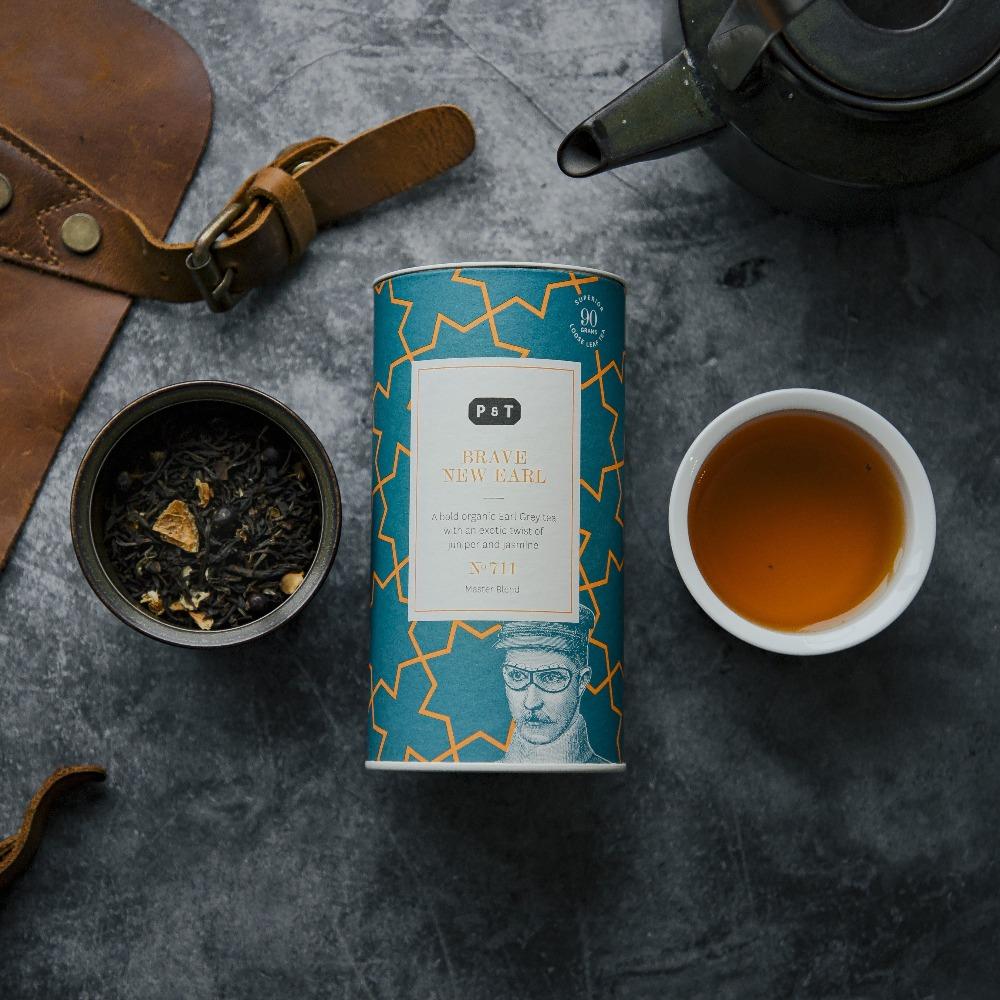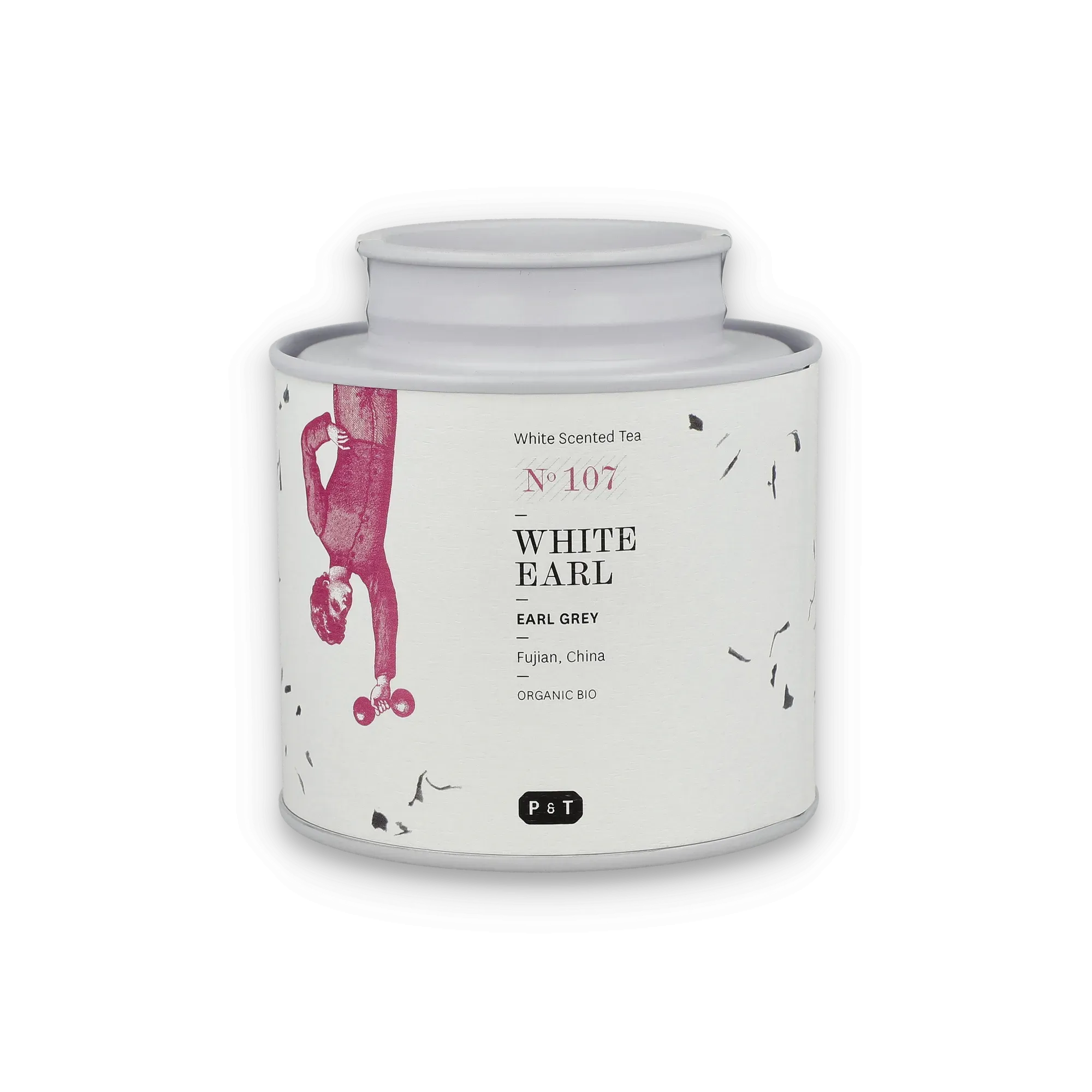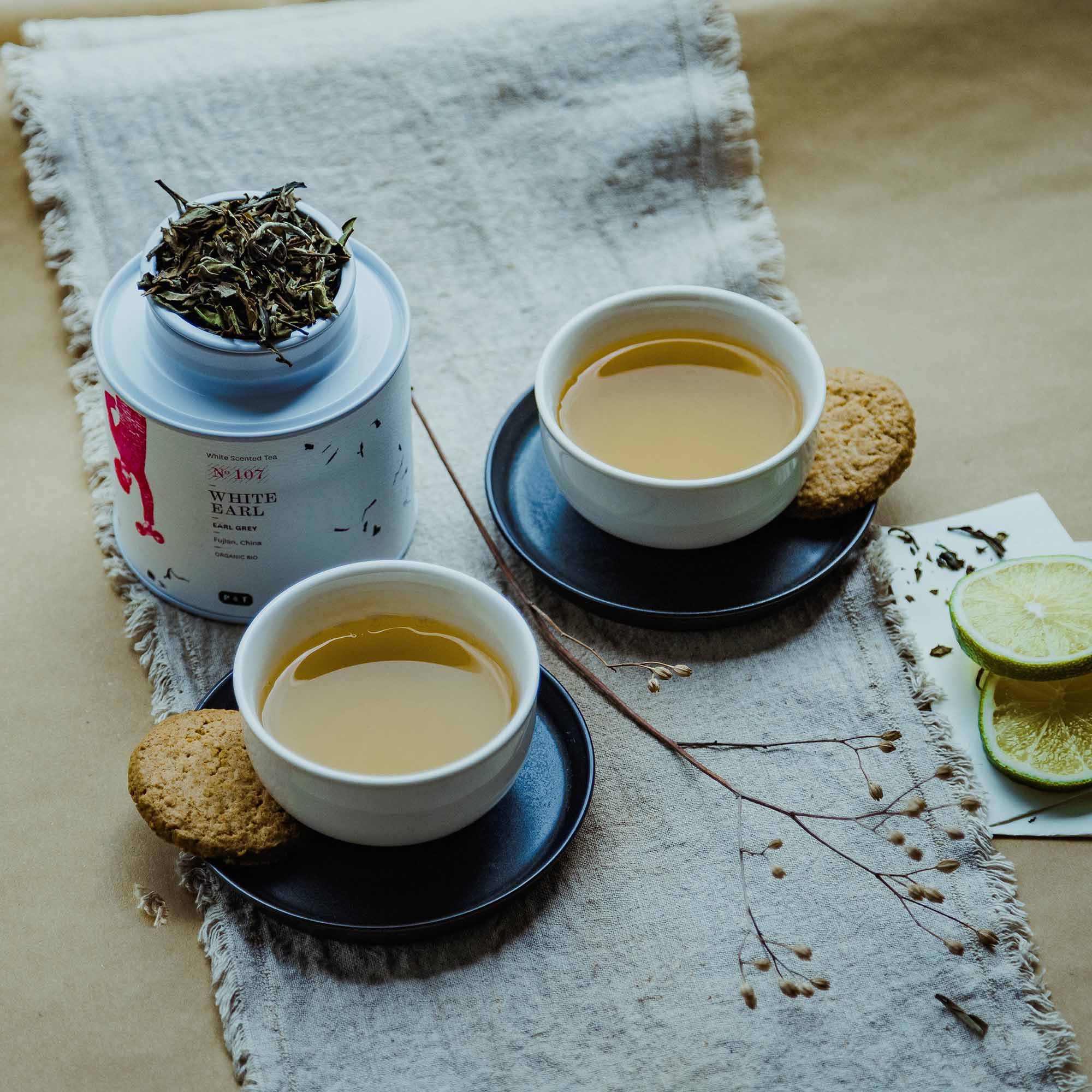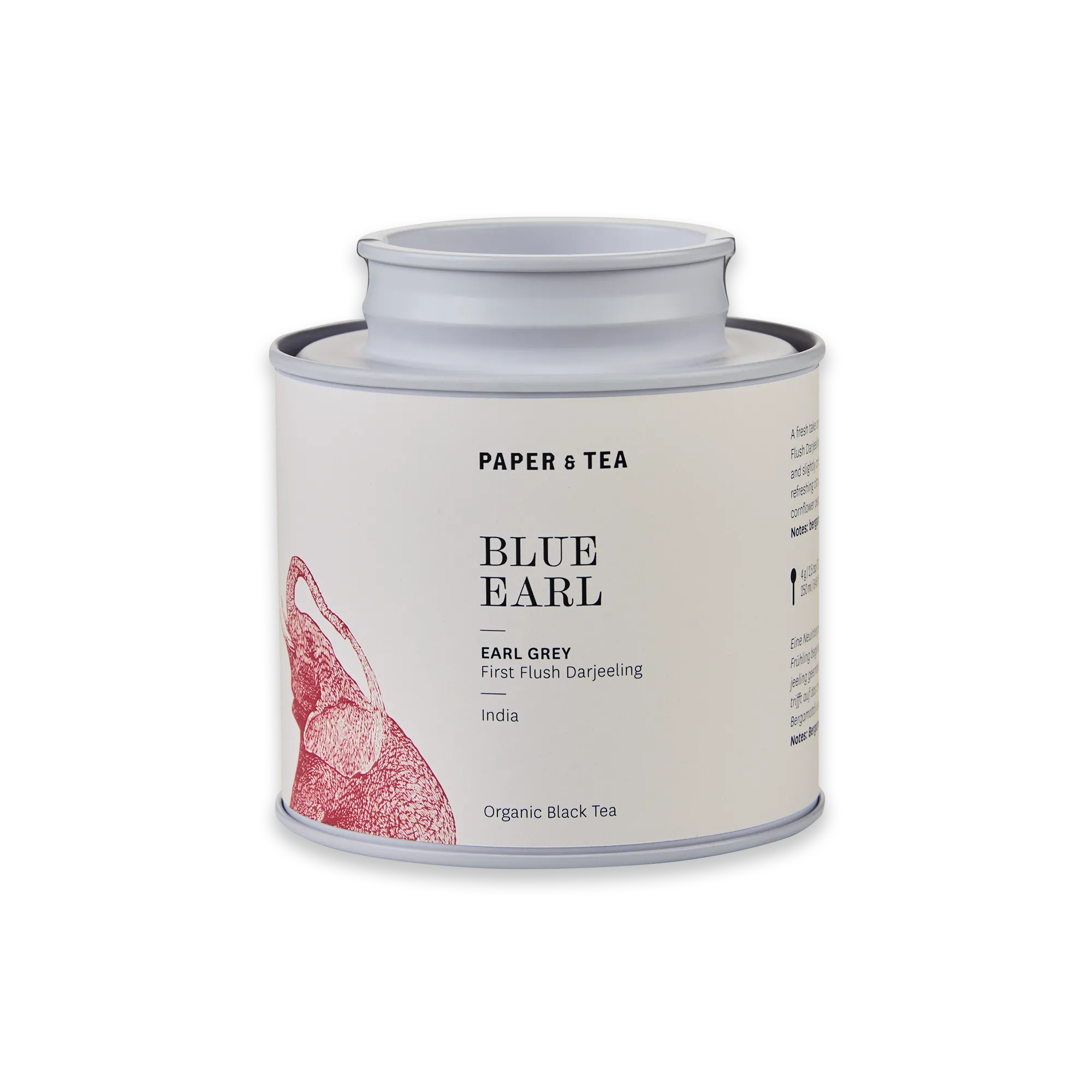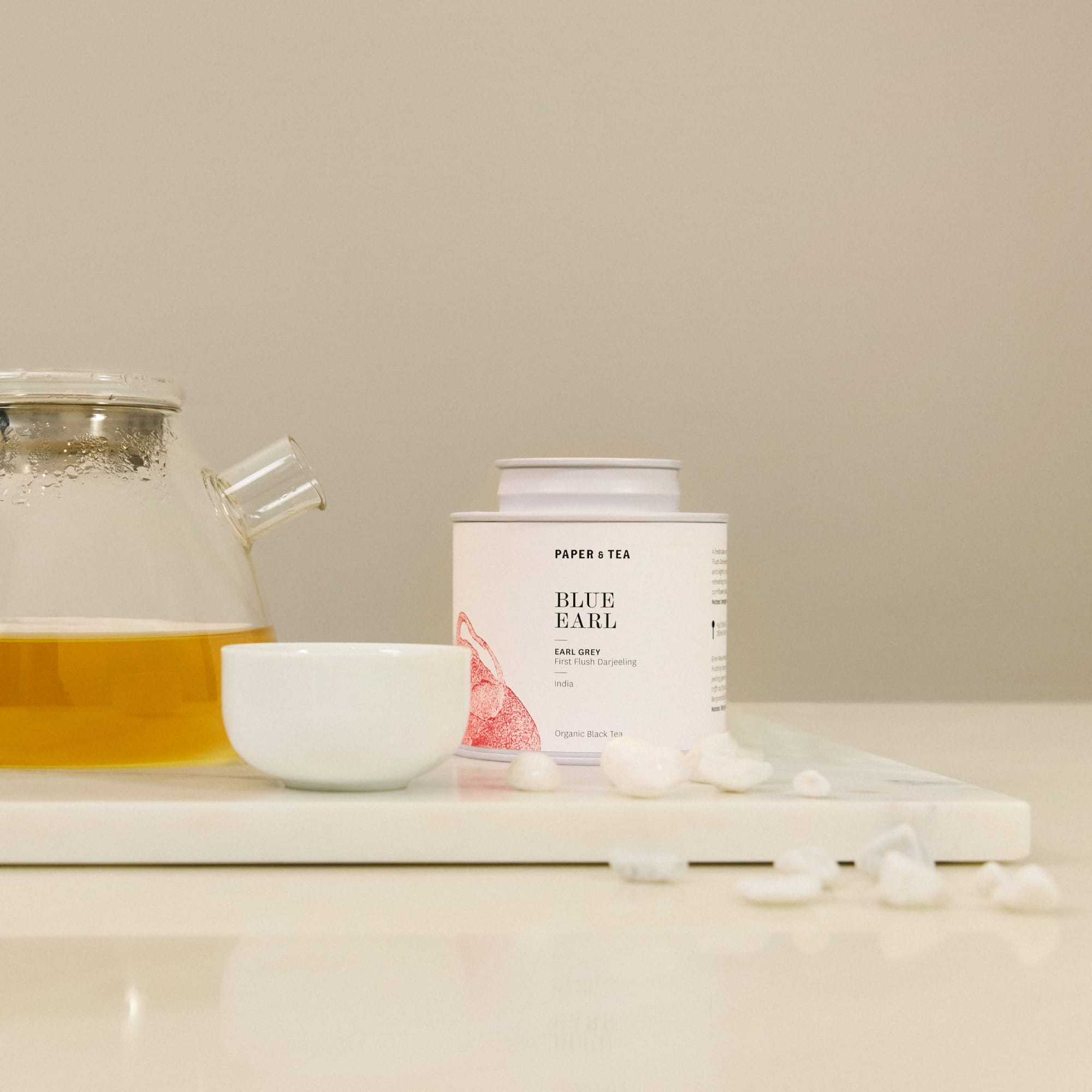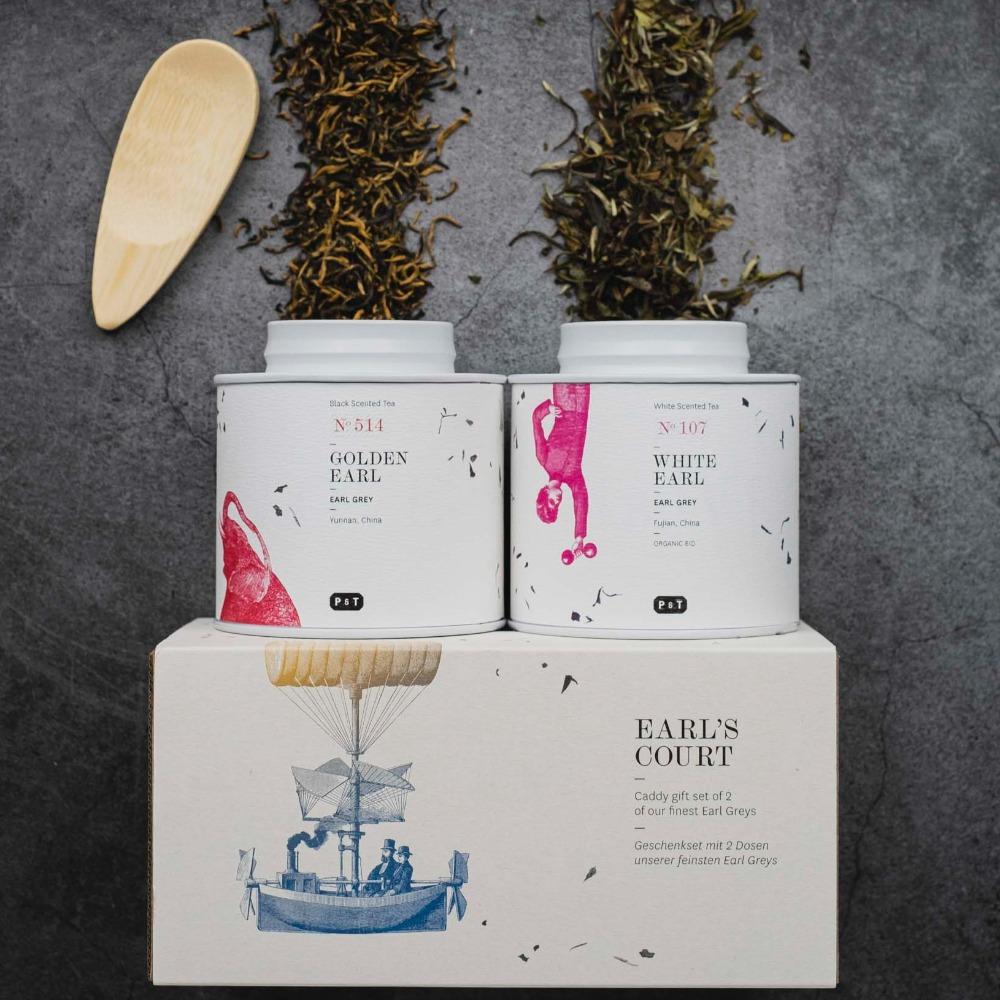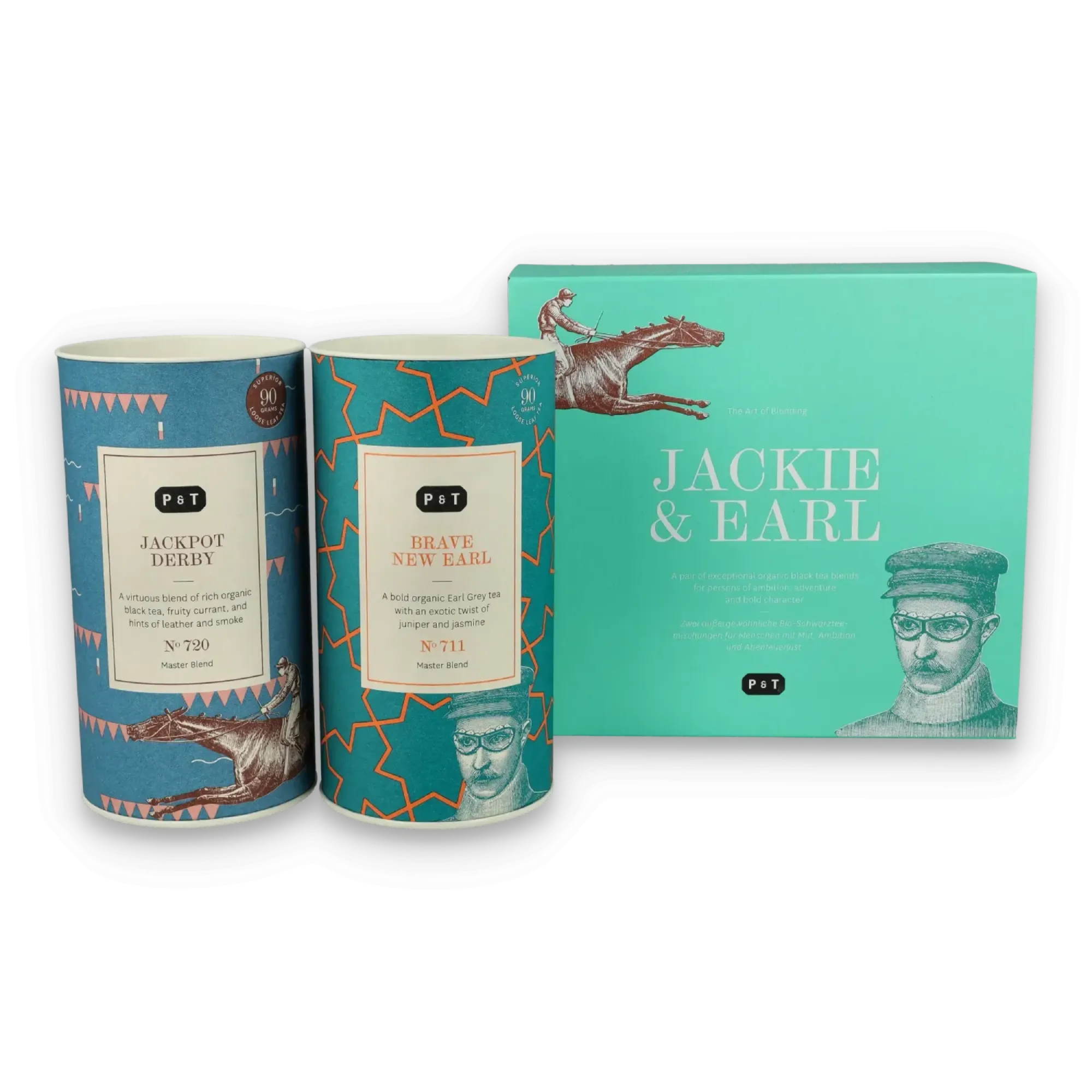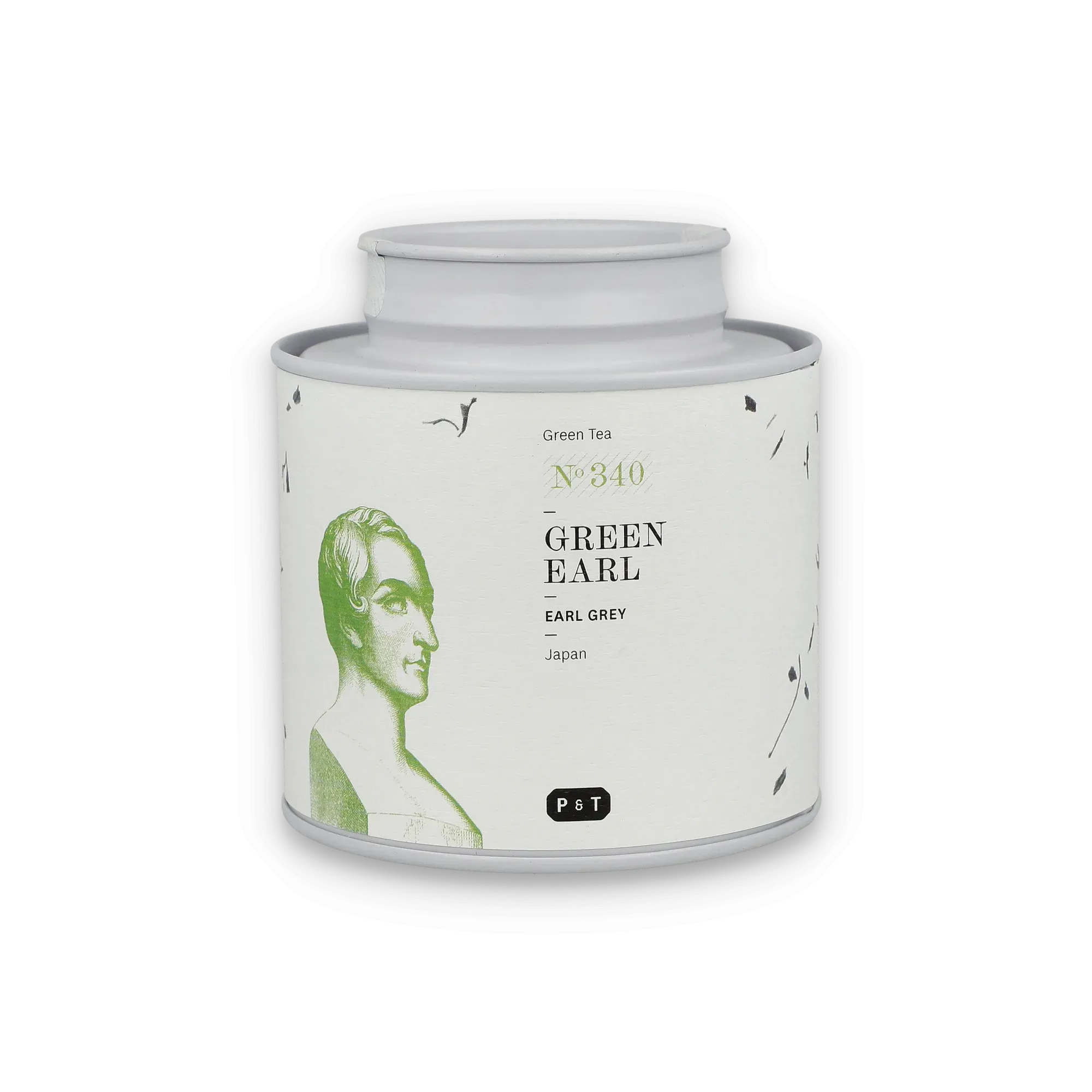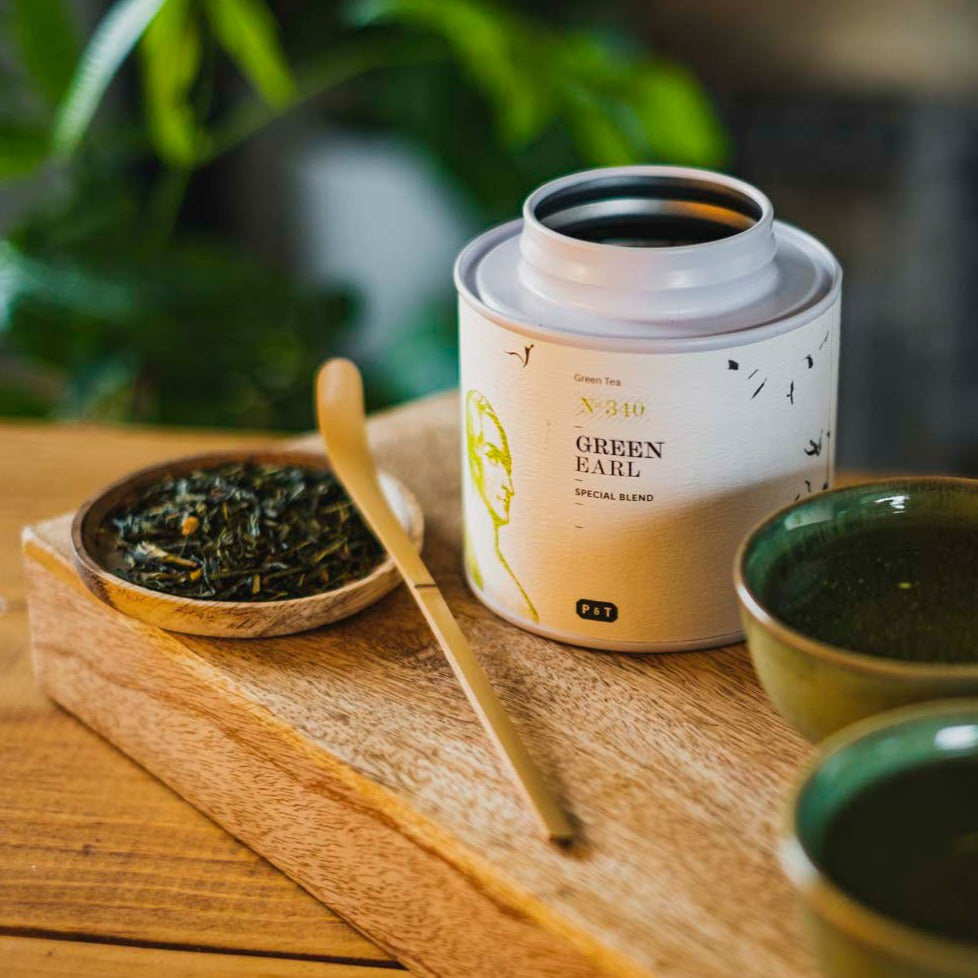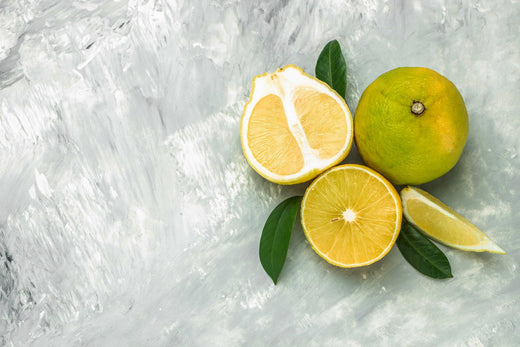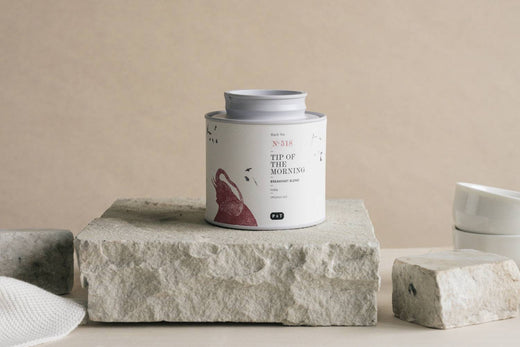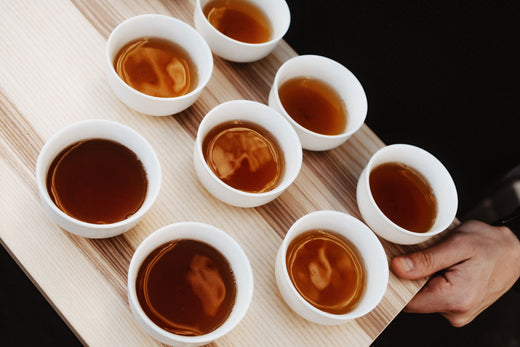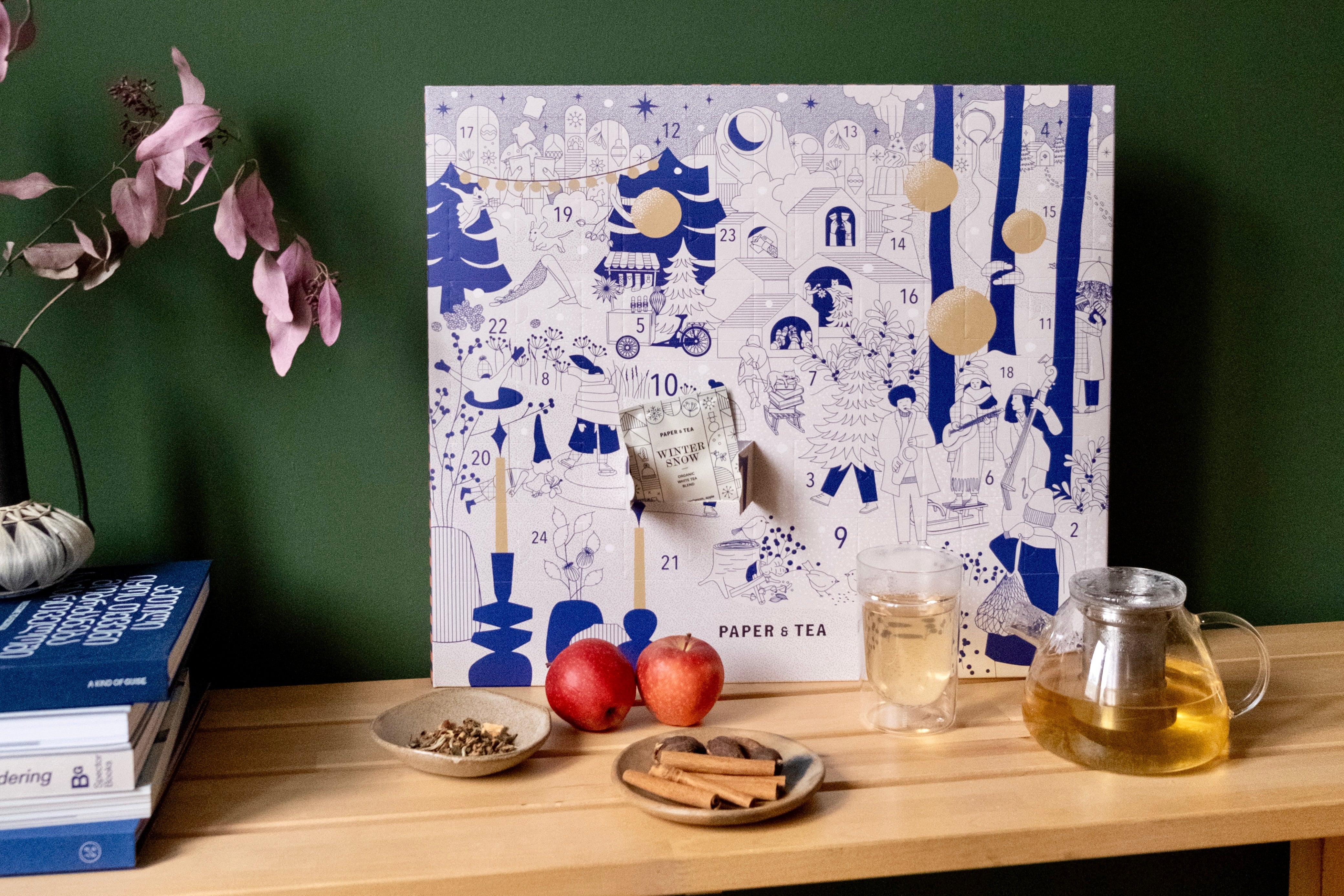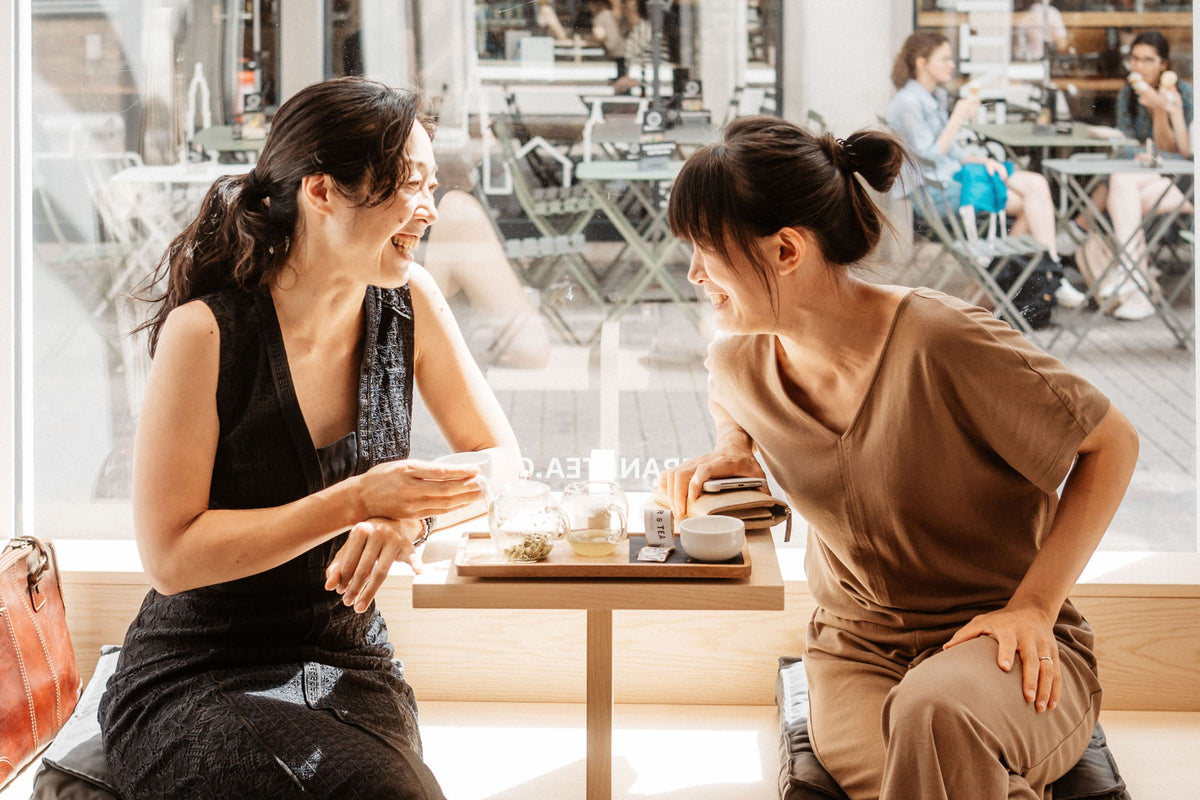do you favour?
Citrus-fresh: Discover the Unique Taste of Earl Grey
With its significant citrus flavor, the most famous tea blend, traditionally flavored with bergamot oil, enjoys great popularity. The essence that provides an intense flavor in Earl Grey teas is a rather unknown citrus fruit to us, the bergamot. It mainly grows under the hot sun of southern Italy. For Earl Grey, tea leaves are flavored with bergamot oil. The essential oil is extracted from the bergamot peel and cold-pressed. The natural aroma of an Italian bergamot tastes enchantingly fresh in our cup. Using only natural ingredients, an aromatic harmony of tea and bergamot fully unfolds in your cup. For all Earl creations, our tea experts use natural bergamot oil from Italy. The special ingredients are added to an ever-rotating blending drum and bathed with the oil while being continuously moved to prevent clumping. The bergamot aroma is also highly popular in perfumes, liqueurs, juices, and for baking.
Citrus-fresh: Discover the Unique Taste of Earl Grey
With its significant citrus flavor, the most famous tea blend, traditionally flavored with bergamot oil, enjoys great popularity. The essence that provides an intense flavor in Earl Grey teas is a rather unknown citrus fruit to us, the bergamot. It mainly grows under the hot sun of southern Italy. For Earl Grey, tea leaves are flavored with bergamot oil. The essential oil is extracted from the bergamot peel and cold-pressed. The natural aroma of an Italian bergamot tastes enchantingly fresh in our cup. Using only natural ingredients, an aromatic harmony of tea and bergamot fully unfolds in your cup. For all Earl creations, our tea experts use natural bergamot oil from Italy. The special ingredients are added to an ever-rotating blending drum and bathed with the oil while being continuously moved to prevent clumping. The bergamot aroma is also highly popular in perfumes, liqueurs, juices, and for baking.
The Myth Around Sir Charles Grey
But how did the flavored tea blend get its unusual name? Earl Grey is named after a certain Sir Charles Grey, Prime Minister of England. And as with so many breathtaking discoveries, the origin story behind this one is surrounded by adventurous legends. One tells of a fateful sea voyage. When tea chests were being transported from China to England, the ship encountered a violent storm on the high seas. Next to the Chinese tea, there were also barrels of bergamot oil on board. The oil spilled over the tea leaves due to the violent waves and the precious cargo, intended for the British Prime Minister, seemed ruined. At the port of London, Sir Charles Grey decided not to throw away the tea but to give it a chance and surprisingly, after the first sip, he was very pleased with the new and fresh taste. A lovely anecdote, though whether it really happened exactly as told is uncertain. However, this does not detract from the enthusiasm for this tea classic.
Fact check: Where Does Earl Grey Tea Really Come From?
Earl Grey is a tea blend from the 19th century. The recipe comes from China and was made for Sir Charles Grey. Hence, he did not invent the refreshing blend himself but merely served as the namesake. For the original blend, Chinese black tea was used in the 19th century. When Earl Grey tea began to be sold, the original recipe was not protected, and thus countless varieties of Earl Grey now exist. Nowadays, the tea blend is made with black teas from other growing regions such as India or Sri Lanka. At PAPER & TEA, we stick faithfully to the traditional concept and use exceptional golden bud black tea from Yunnan, China, the origin of the tea, and organic bergamot oil from Italy for our GOLDEN EARL.
Preparing for an Aromatic Enjoyment
When preparing Earl Grey tea at home, you need to consider a few important factors for a full-bodied cup. Black tea unfolds its strong aroma when brewed with 90-degree hot water. We recommend not to let the tea steep for more than three minutes, as otherwise bitter substances may spread in your cup. The correct preparation always depends on the base tea of the blend.
According to British tradition, afternoon tea is preferably enjoyed with a dash of milk. Some also enjoy Earl Grey with a bit of sugar. In other countries, the citrus note of bergamot is additionally refined with some fresh lemon.
Opinions differ here: purist tea enthusiasts swear by the original taste without additional taste enhancements. As is well known, taste cannot be argued about, so it is up to you to find out how you prefer to enjoy your Earl Grey.
An Earl, Many Faces: Popular Earl Grey Varieties
The classic Earl Grey is a unique blend of black tea as the base and natural bergamot oil. A well-known variant is Lady Grey, named after the Earl’s wife, who preferred her Earl Grey tea a bit fruitier. This black tea tastes milder and is refined with orange pieces. Adding flowers like jasmine, mallow, and cornflower is also popular. In our in-house tea blend BRAVE NEW EARL, we give the classic Earl Grey black tea a particularly British twist with jasmine flowers and juniper. The adaptable bergamot also naturally pairs well with other tea variants, such as Rooibos, green tea, and white tea. If you’ve come to enjoy the fresh-fruity taste, you can try our exceptional tea creations: RED EARL with Rooibos, GREEN EARL with sencha, WHITE EARL, and BLUE EARL with Darjeeling black tea.
Your Questions About Earl Grey
Earl Grey is a flavored black tea enhanced with bergamot oil. Its unique citrusy flavor and elegant floral aroma make it a distinctive delight for the senses.
To fully unfold the aroma of Earl Grey, we recommend brewing the tea with filtered water. A splash of freshly squeezed lemon juice can wonderfully complement the citrus notes.
Earl Grey tea can be enjoyed both pure and with milk, depending on your personal taste. Traditionally, Earl Grey is often served without milk to fully highlight the floral and citrusy aroma of the bergamot oil. Many tea enthusiasts appreciate the clear, refined flavor without additional ingredients.
However, there are also fans who, following British tradition, prefer Earl Grey with a dash of milk or cream. It's important to use a mild milk that doesn’t overpower the delicate flavors but gently complements them. Especially when paired with a sweet variant of the tea, milk can add a pleasant creaminess.
Ultimately, it’s up to your individual taste! Try both options and find out which preparation method you prefer.
Earl Grey should typically steep for 3-5 minutes to optimally extract the flavors. However, feel free to experiment with the steeping time to find your personal preference. Our packaging always provides the recommended steeping times.
All tea naturally contains caffeine from the Camellia Sinensis plant. Earl Grey has moderate amounts of caffeine, depending on the tea leaves used. Generally, its caffeine content is comparable to other black teas. We like to drink our Earl Grey black tea in the morning after waking up or at noon to celebrate its aromatic taste.
Loose tea should be protected from heat and stored dry. In airtight tea caddies and aroma bags, the teas are safe from light exposure and odors. Even after the best-before date, it is usually still enjoyable: If you’re unsure, you can do a simple test. A bad tea can be recognized by changes in smell, color, or taste.
The tea is named after Sir Charles Grey, the 2nd Earl Grey and former Prime Minister of England, who lived in the 19th century. He did not develop this tea himself; supposedly, the blend was crafted for him. Numerous legends surround the reason: whether a British servant of the Earl saved a Chinese mandarin from drowning, the precious bergamot oil accidentally mixed with the tea leaves during a sea voyage, or as a token of gratitude for his reforms that ended the East India Company's tea trade monopoly with China—each story is more adventurous than the last, though none can be substantiated. However, this does not diminish the worldwide enthusiasm for this popular black tea blend.
PAPER & TEA Magazine
Earl Grey & more
